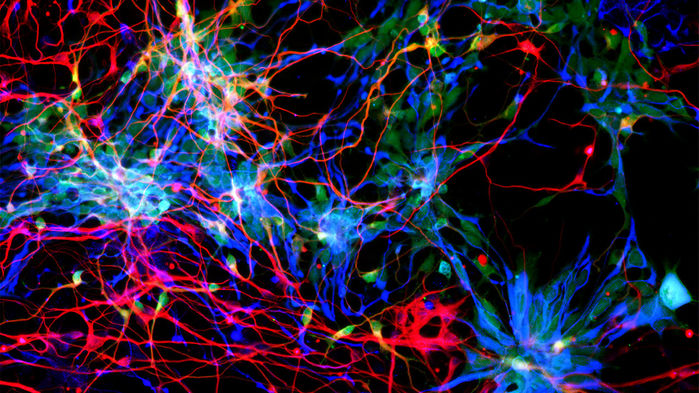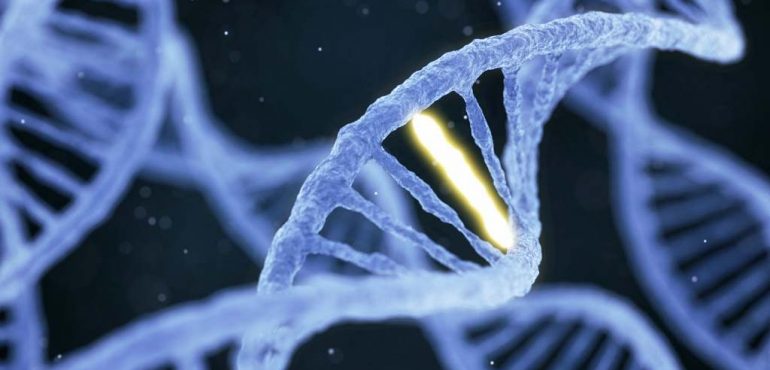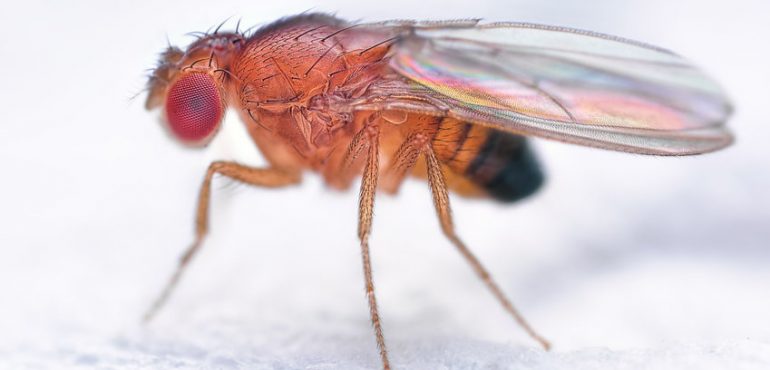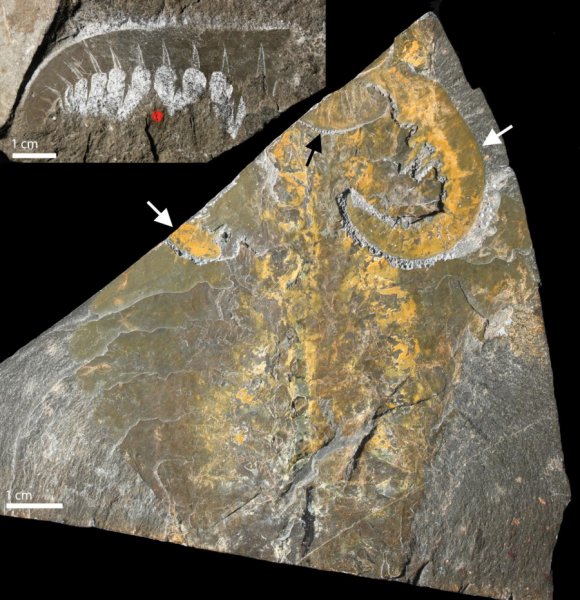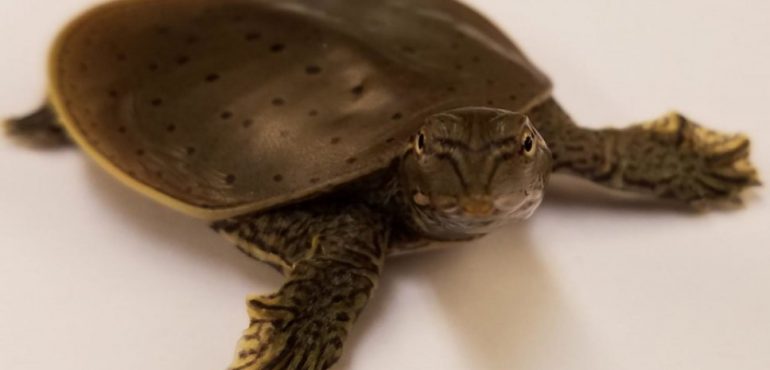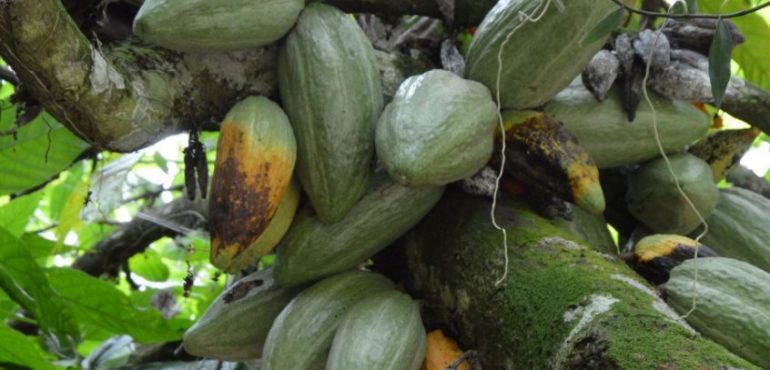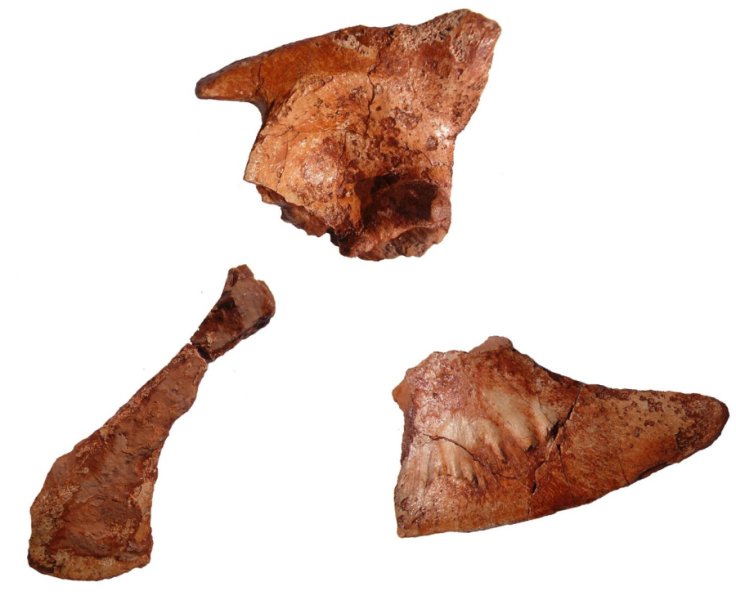Three nearly identical genes could help explain how 0.5 liters of gray matter in early human ancestors became the 1.4-liter organ that has made our species so successful and distinctive. The newly identified genes could also help explain how brain development sometimes goes wrong, leading to neurological disorders. The genes, descendants of an ancient developmental…
Read more
Trio of genes supercharged human brain evolution
